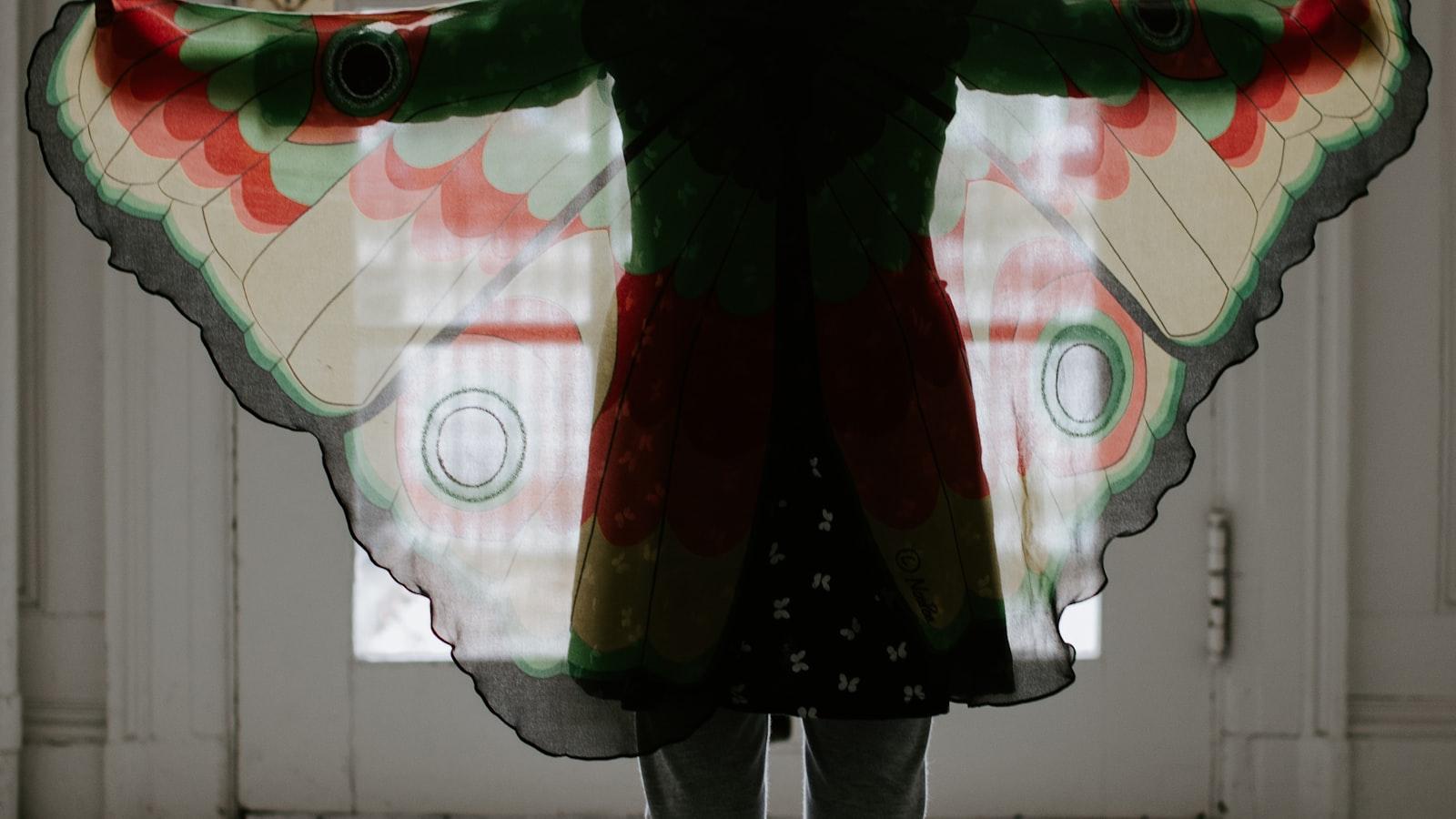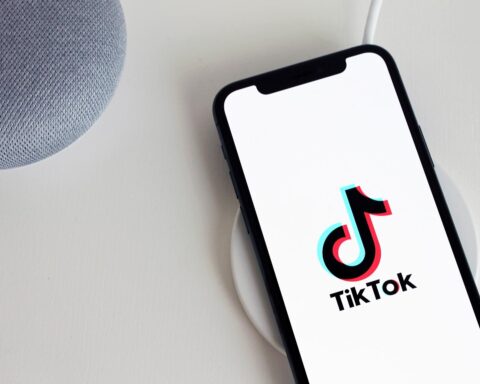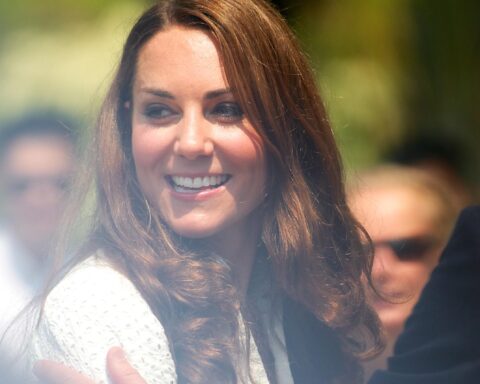In an era where digital lines between fact and fiction often blur, deepfakes continue to paint vividly animated question marks on our understanding of reality. Nestled comfortably in this technicolor terrain are kids’ cartoons, story-spinning characters existing beyond the reach of YouTube’s deepfake disclosure rules. This intriguing confluence of technology, children’s content, and ethical ambiguity invites us to embark on a journey, exploring the fascinating interplay between innocent animation and sophisticated artificial intelligence. Let’s step into this wondrous world, where fantasy is a part of reality, and the new-age of “toon” deception slips under the radar of virtual regulations.
Table of Contents
- Navigating the Loophole: Kids’ Cartoons and YouTube’s Deepfake Disclosure Rules
- Deciphering Deepfakes in Children’s Digital Entertainment
- The Unforeseen Impact of Deepfake on Young Minds: Unpacking Complex Issues
- Guidelines to Protect Young Audiences from Unruly Deepfake Elements
- Time to Act: Urgent Recommendations for YouTube’s Deepfake Disclosure Policies for Kids’ Content
- Concluding Remarks
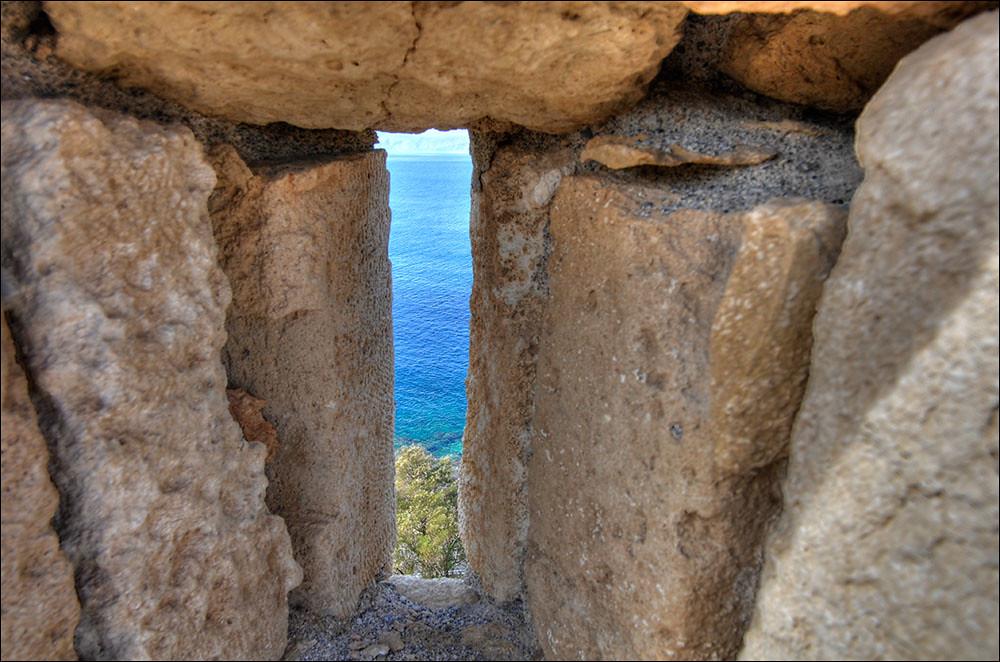
Navigating the Loophole: Kids’ Cartoons and YouTube’s Deepfake Disclosure Rules
In a world where media content is rapidly evolving, YouTube’s disclosure rules for deepfakes and manipulated videos have been enacted to supervise the spread of misinformation. These rules require YouTube users to disclose any kind of video that has been doctored or altered. However, adapting these rules to the kids’ category presents a different challenge. Owing to the inherent fictional and imaginative nature of children’s programming, especailly animation, it seems that kids’ cartoons have found a loophole in the application of these rules.
Kids’ cartoons lie on the intersection of creativity and technology, as animators frequently use digital manipulation techniques for creative purposes. It isn’t surprising then that most cartoons get a free pass under the YouTube’s Deepfake Disclosure Rules. But what happens when creators begin to mine this loophole, merging real-life footage with animation, thereby blurring the line between reality and fiction? And more importantly, where does this leave our children who are unsuspecting consumers of this content?
- Deepfakes in Cartoons: Consider an instance where real-life political figures are manipulated into a children’s cartoon. Without the necessary disclosure, kids are unaware of the alteration making it challenging for them to distinguish between reality and fiction. This raises ethical questions, the main one being the potential for grooming young minds with specific socio-political leanings.
- Parental Control: Parental control features might not be sufficient in such cases. Predominantly, these control settings seek to filter out adult content, leaving undisclosed deepfakes in children’s programming completely unregulated and freely available.
The onus then falls on the digital giant to adapt its disclosure rules, mandating transparency in all video categories, kids’ content included. Closing this loophole is crucial, not simply to uphold YouTube’s responsibility as a global disseminator of information, but to protect the most vulnerable consumers of its content.
| Problem | Possible Solution |
|---|---|
| Blurring the line between reality and fiction in cartoons | Mandating transparency in all video categories |
| Inadequate parental control settings | Regulating undisclosed deepfakes in children’s programming |
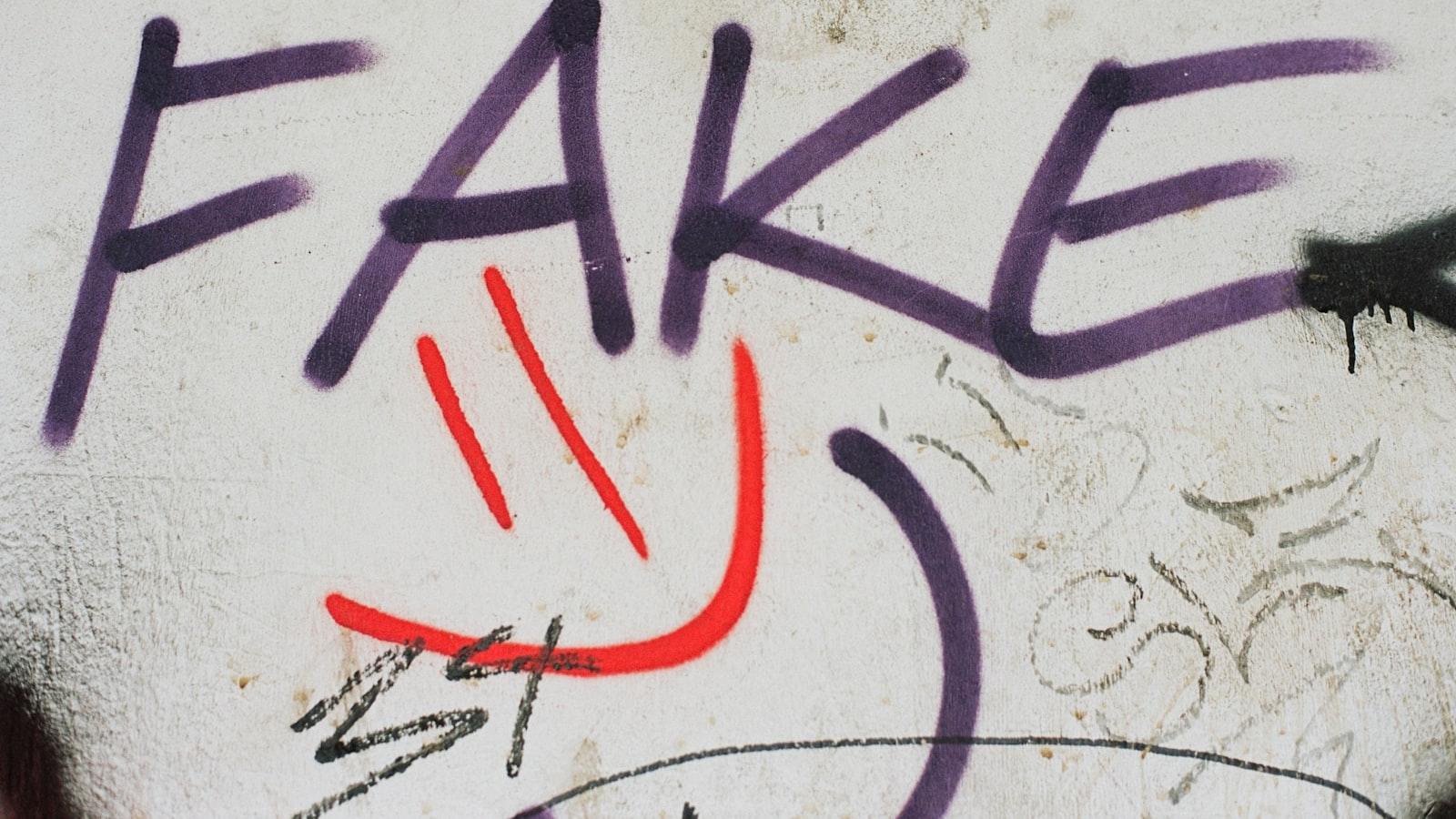
Deciphering Deepfakes in Children’s Digital Entertainment
Children’s cartoons are not exempt from the world of deepfake technology. A recent trend has shown that many popular children’s TV channels and YouTube creators are using this technology to create animations. These are not just simple animations though, they are recreations of popular cartoon characters using AI mimicking technology. Although majority of these videos are harmless and purely for entertainment purposes, there’s a concern about the lack of disclosure given.
YouTube has clear guidelines about deepfake video content. The platform requires creators to disclose when they use AI or other editing tools to modify a person’s voice or video appearance in a way that could confuse or mislead viewers. Let’s take a look at the table below that outlines some of these regulations:
| YouTube Regulation | Description |
|---|---|
| Clear Disclosure | Creators are required to add a disclaimer to their videos if deepfake technology is used. |
| Non-misleading content | The use of deepfake must not confuse or mislead viewers. The context and intent should be clear. |
However, the issue arises in the kids domain. Since the rules only apply to depictions of living people and not to fictional characters, child-oriented content seems to be falling through the cracks. Popular cartoon characters, such as Peppa Pig or Paw Patrol, are being deepfaked with no disclosure required, leaving parents unaware of the digital manipulation their children are exposed to.
This loophole in regulations is problematic. If the purpose of YouTube’s policy is to avoid confusion and misinformation, it destroys its own goal by allowing these kinds of videos without any disclosure. It is high time that we expand our understanding of deepfakes, not limit it to convincingly altered humans’ faces or voices. It is equally crucial to spread awareness about this in the digital space, especially when it comes to kids’ content. With improving technology, it might be nearly impossible to tell deepfakes from originals hence making disclosure all the more necessary.
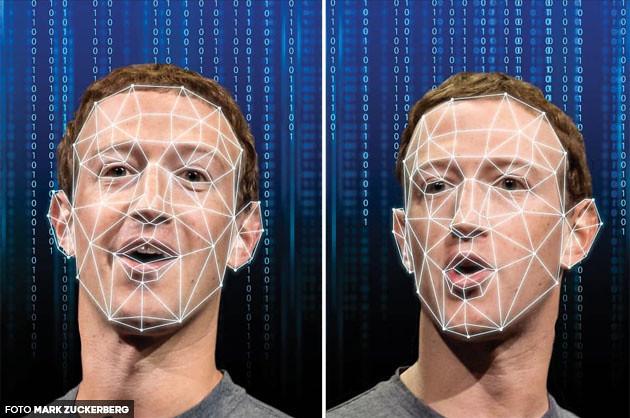
The Unforeseen Impact of Deepfake on Young Minds: Unpacking Complex Issues
Deepfakes have been making waves for their tremendous potential to manipulate human perception, but for our youngest digital natives, the impact may spill over into their most cherished entertainment – cartoons. Key platforms like YouTube that host such content are seemingly giving a free pass to deepfaked cartoons, evading their deepfake disclosure rules. This is leading to a subtle and potentially harmful twist to the fantastical realm of cartoons, altering how children perceive and understand these animations.
The complex issue emerges from the very nature of cartoons. In comparison to live action videos or movies, cartoons inherently involve some level of fantasy and fabrication. This makes it difficult to apply the same disclosure rules for deep fakes that work for live action content. At face value, this might not seem like a problem – after all, cartoons are meant to be whimsical and unreal. But the concern arises when deepfake strategies are used to twist the morals, dialogues, or characters in a way that’s inappropriate or misleading for young minds.
The repercussions of such manipulation could be manifold. They could range from mild confusion and questions from kids to serious potential harm. The pitfalls are double-fold when one considers the susceptibility of young minds and the inherent impressionability. Consider these potential effects:
- Distorted perception of widely adored cartoon characters.
- Confusion around the varied voice or dialogue changes made by deepfakes.
- Potential for misleading young minds with falsified morals or messages.
Dealing with this issue requires a multilevel intervention. Parents, educators, and policy makers need to be aware and active in monitoring these belittled yet potent threats. Community guidelines need to be revised considering these unique issues, and stricter regulation enforced for content demarcated for the young viewers. Let’s play our part in ensuring the cartoons kids fall in love with remain an innocent escape and not a labyrinth of falsehood.

Guidelines to Protect Young Audiences from Unruly Deepfake Elements
With the surge in deepfake technology usage, it has become imperative for parents, educators, teachers and even regulating platforms like YouTube to implement strategies to safeguard young audiences. YouTube’s deepfake disclosure rules ensure that content creators notify viewers whenever their productions utilize deepfakes. However, this rule seems to give a free pass to kids’ cartoon animations. With children being especially vulnerable to believing that their beloved characters are real, this conundrum needs immediate addressing.
Knowing What is Real
First and foremost, children need to be taught to distinguish between real-life media and animations. This can be achieved by:
- Interacting with them during their viewing time and drawing comparisons between the animated world and the real one.
- Explaining to them how animations and special effects are used to bring fictional characters and scenarios to life.
- Exposing them to the creation process of animations and deepfakes so they have a clearer understanding.
| Guideline | Description |
|---|---|
| Parental Supervision | Parents should monitor what their child is watching and discuss the content with them. |
| Appropriate Content | Ensure that the content is age appropriate and does not utilize misleading deepfake elements. |
| Teach Critical Thinking | Develop children’s critical thinking abilities to evaluate what they view. |
Furthermore, YouTube and similar platforms must proactively revise their deepfake disclosure rules to include kids’ cartoons. Given the passion and fervor kids exhibit towards their favorite characters, it can become an ethical concern if creators start leveraging deepfake technology irresponsibly. At the end of the day, it is about maintaining trust in the digital space and preserving the untainted imagination of our future generations.
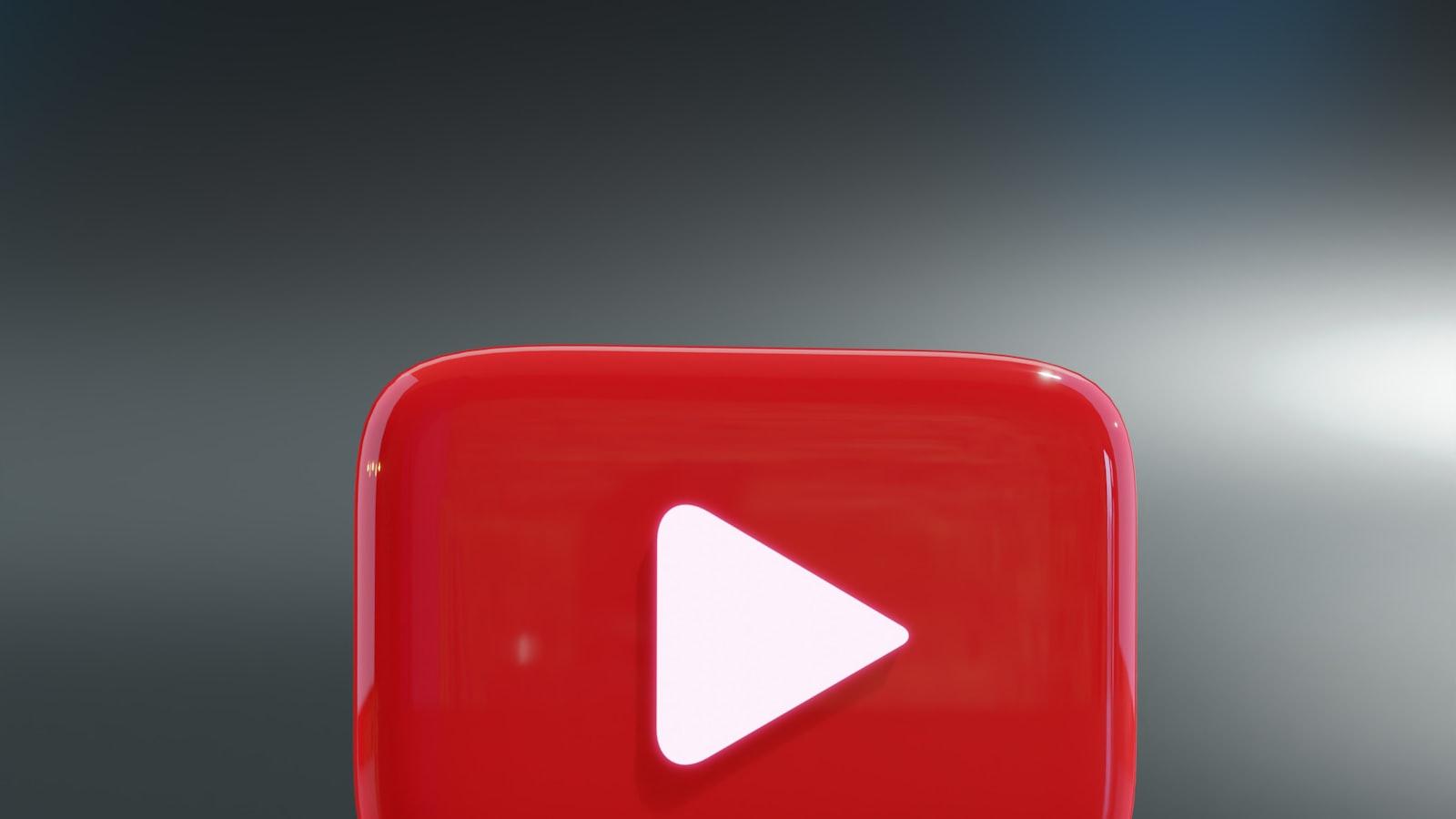
Time to Act: Urgent Recommendations for YouTube’s Deepfake Disclosure Policies for Kids’ Content
YouTube, the world’s most popular video platform, has constantly faced serious scrutiny regarding its lack of appropriate rules surrounding the distribution of content for children. More specifically, the critical concern of deepfake videos, a rising and sophisticated form of video manipulation, disguised as kids’ content. The use of even the most user-friendly deepfake technology is escalating, resulting in videos that show popular cartoon characters participating in inappropriate activities. This careless oversight from YouTube policy poses a significant threat to the innocence and safety of the young viewers.
- Implement Content Screening: For starters, a strict content screening and filtering policy should be put in place to identify and remove deepfake videos disguised as kid’s content. This can be achieved through integrated AI and machine learning technology, which has proven effective in identifying inappropriate and harmful content.
- Increase Penalties: YouTube needs to amp up its punishments for those who are found guilty of creating and sharing deepfake videos targeted at children. Currently, a simple warning, strike, or video removal is not enough to discourage these cyber criminals.
- Capacity Building: Parents, educators, and governments should also take up the responsibility of educating children about the dangers and deceit of deepfake videos. YouTube can take the lead in this by developing educational content about these dangers and advocating for digital media literacy in schools.
| Policy Intervention | Implementation |
|---|---|
| Content Screening | AI and Machine Learning Tech |
| Increase Penalties | Enhanced Punishments & Penalties |
| Capacity Building | Educational Content & Media Literacy |
Children’s online safety is a shared responsibility – stakeholders including parents, teachers, regulators and YouTube, must act immediately and decisively. Since children are often unaware of the concept of deepfakes, it’s high time that YouTube ensures these manipulative videos do not infiltrate their young audience’s feeds. After all, the stakes are simply too high – our children’s safety, innocence, and understanding of reality in a digital world.
Concluding Remarks
In a world where technology is constantly advancing, the issue of deepfakes in kids’ cartoons on YouTube is one that cannot be ignored. While the platform’s current guidelines may not explicitly address this issue, it is important for parents and guardians to remain vigilant and monitor the content their children are viewing online. By staying informed and aware, we can work together to create a safer digital environment for our youngest generation. Let’s continue to have important conversations about online safety and strive to protect our children from the potential dangers of deepfake technology. Thank you for reading.
